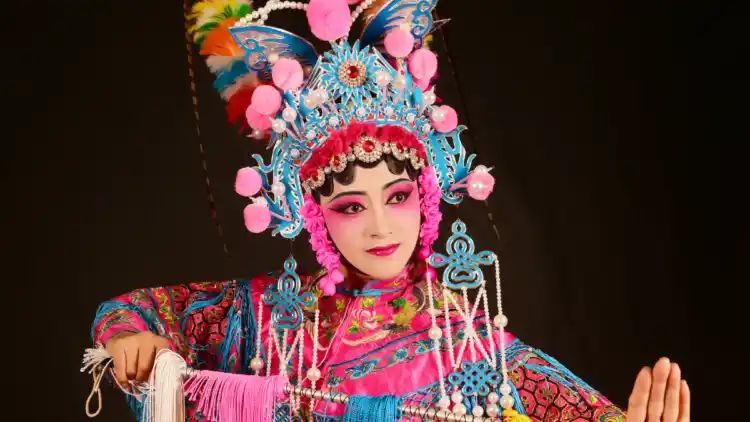World Theatre Day: The Unforgettable Bequest Of Regional Theatre In India

The memoir of theatre in India starts with Rigveda. The milestone creative chronicles of Kalidasa, like Shakuntala and Malavikagnimtra, have also been traced as epic, evergreen Indian dramas.
In ancient India, ‘Natyashastra’ was an established and cherished form of drama play. Later, the legacy flourished through Islamic and multicultural filaments. However, modern theatre flourished during the British era, spanning between the 19th and 20th centuries.
The culture of drama attracted a lot of hype during the freedom movement and after the flag of independence fluttered over sovereign India. On World Theatre Day, it’s crucial to look back to those remains of time to catch the flames of profound art of theatre in the regional troposphere that breathe on the sidelines of mainstream glamour. Here are the 3 traditional threads of drama that nobody should miss.
Bengali Theatre: The Glittering Roots Of Drama
The first modern Indian theatres began during colonial rule in Kolkata, where the Bangla-language artisans rocked the stage with luminous tales to decipher the imaginary and realistic ghettos. Buro Shalikher Ro (by Michael Madhusudan Dutta) is considered to be one of the earliest plays with a sarcastic tone against the ‘zamindari’ system. The Bengali artisan Girish Chandra Ghosha founded the first theatre company in 1872.
With iconic dramas’ like ‘Chitra’, ‘Daakghar’, and ‘Teen Kanya’, Rabindra Nath Tagore supersedes the allure of authentic Bengali theatres through magnetic charm. The endowment of this iconic regional theatre is known for contributing to the national movement by inciting feelings of freedom, nationalism and unity. The heirloom has shaped various bright stars like Utpal Dutt, Bijon Bhattacharya, Sisir Bhaduri and so on.
Parsi Theatre: Mishmash Of Linguistic And Romantic Epitome
On the other hand, the Parsi Theatre has played a dominant role in nurturing the destiny of Indian drama with its Gujarati roots and focus on ‘Urdu’ zaban. The journey of Parsi theatre began in the 1850s with the rise of the Mumbai-based group ‘Shakespeare’, while the first drama company was introduced in 1853.
This legacy is known for contributing to the Hindustani language crux and blending the Gujarati, Marathi, Urdu and Bollywood essences to serve the best melodrama and artistic upsurge. From Shakespearean plays to romance-drenched folklore, the ring of the Parsi theatre is quite extensive. Artists like Prithviraj Kapoor and Ardeshir Irani have beefed up the heritage with their exquisite talents.
Kashmiri Theatre: The Microcosm Of Sufism
We often measure the gravity of art through the amount of drift in mainstream glamour, but regional drama safeguards its aurora by being distanced from chaotic noises. The Kashmiri theatre plays an unforgettable role in annexing the folk tales around Jhelum, Chinar and the flourishing Vadi. The ‘Bhand-Pather’ from Kashmir presents spirituality and yarns of mystic sufi magnetism from Hindu and Islamic traditions to weave the web of enthralling plays.
Marathi Theatre: The Annotations Of Social Change, On The Periphery Of Bollywood
Marathi theater is known for its dominant role in presenting the message of social change. With the annotations of pre-independence struggles, the Marathi theatre upsurge has been highlighted during the 1960s and afterwards. From Bashir Momin Kavathekar to Vijay Tendulkar and P.L. Deshpande, the historic, satire-based and lyrical performances have proved the authenticity of ‘Tamasha’ and ‘Dashavatar’ in the pointy Marathi dialect. Later, the messages of mutiny, equality and inclusivity joined in to strengthen the flourishing footnotes of authentic Marathi drama.





